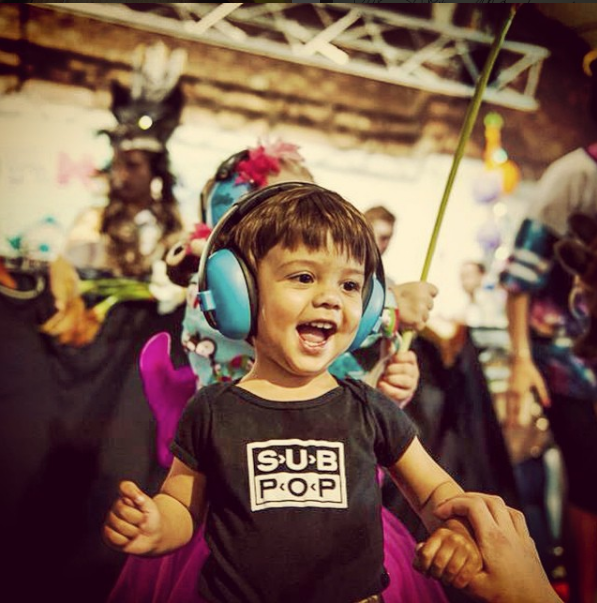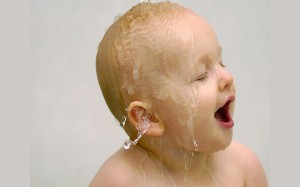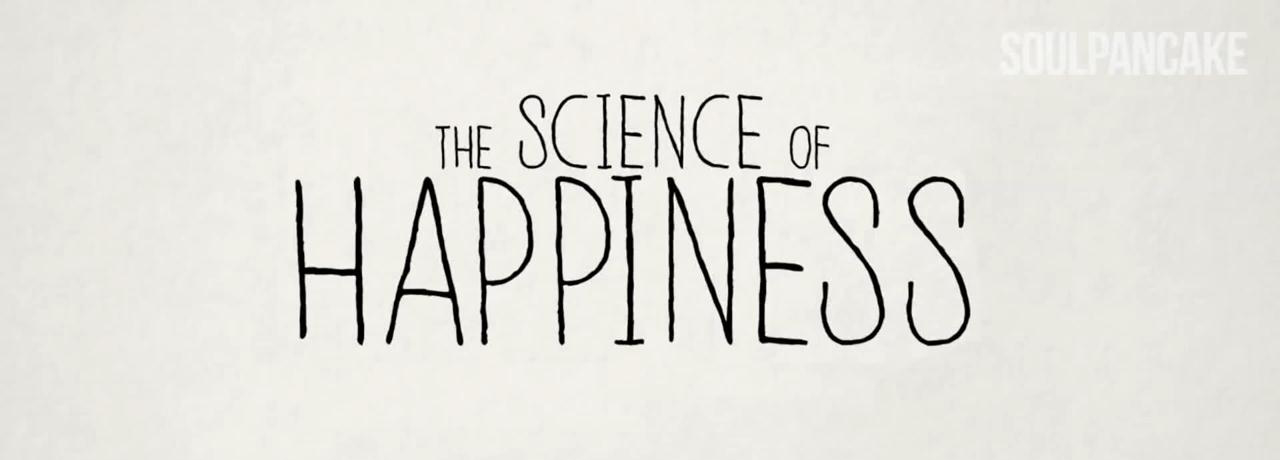Plenty of research has looked at adults’ emotional responses to music. But research with babies is more piecemeal and eclectic, perhaps reflecting the difficulty of asking them what they like. Researchers know that babies can hear and remember music even while they are still in the womb. And one curious study found that newborn babies prefer Bach to Aerosmith.
Most systematic work has found young babies have clear preferences for consonance over dissonance and can remember the tempo and timbre of music they’ve heard before. Babies prefer the female voice but like it even more when it takes on the qualities of “motherese” (the high-energy singsong tone we all naturally adopt when talking to babies). But their emotional responses to music is a bit more of a mystery. What kind of music makes them calm and content? And what makes them happy?
I am an expert on baby laughter and was intrigued when the C&G baby club approached me and music psychologist Lauren Stewart to create “a song scientifically proven to make babies happy” that they could give away to parents. We thought this was an interesting challenge. However, our first proviso was that they shouldn’t use the word “prove”. Our second was that they had let us do real science. They readily agreed.
The first step was to discover what was already known about the sounds and music that might make babies happy. We had some experience. My previous work on the Baby Laughter project had asked parents about the nursery rhymes and silly sounds that appealed to babies. Lauren’s previous research has looked at “earworms”, songs that get stuck in your head. But we discovered surprisingly little research on babies’ musical preferences. This was encouraging as it meant this was a worthwhile project from a scientific point of view.
The next step was to find the right composer: Grammy-award winner Imogen Heap. Imogen is a highly tech-savvy musician who just happened to have an 18-month-old daughter of her own. She was also intrigued by the challenges of the project. Few musicians had taken on the task of writing real music to excite babies while still appealing to parents. Musician Michael Janisch recorded a whole album of Jazz for Babies, but that was very slow and designed to soothe babies. Most music written specifically for babies sounds frankly deranged.
We met with Heap and gave her a set of recommendations based on what we had discovered from the past research. The song ought to be in an major key with a simple and repetitive main melody with musical devices like drum rolls, key changes and rising pitch glides to provide opportunities for anticipation and surprise. Because babies’ heart rates are much faster than ours so the music ought to be more uptempo than we would expect. And finally, it should have an energetic female vocal, ideally recorded in the presence of an actual baby.
Setting up the experiment
Fortunately Heap had her daughter, Scout, to help her with the composition. Heap created four melodies for us to test in the lab, two fast and two slow ones. For each of these she created a version with and without simple sung lyrics. Some 26 babies between six and 12 months then came to our lab with their mums and a few dads to give us their opinion. Amazingly most of the parents and 20 out of 26 babies seemed to share a clear preference for one particular melody. In line with our predictions this was a faster melody. Even more amazingly, this was the tune that had started out as a little ditty made up by Scout.
We knew which song the mums liked because we could ask them. We also asked the parents to tell us what their babies preferred best, because they are the experts on their own babies. But we also filmed the babies’ responses and coded the videos for laughs, smiles and dancing.
Now that we had a winning melody, Heap needed to turn it into a full-length song and it needed to be funny (to a baby). The secret was to make it silly and make it social. Around 2,500 parents from the C&G baby club and Heapäs fan club voted on silly sounds that made their babies happy. The top ten sounds included “boo!” (66%), raspberries (57%), sneezing (51%), animal sounds (23%) and baby laughter (28%). We also know babies respond better to “plosive” vocal sounds like “pa” and “ba” compared to “sonorant” sounds like “la”. Heap very cleverly worked many of these elements into the song.
Next it needed to be something that parents could enjoy themselves and share with their children. Happiness is a shared emotion and the success of nursery rhymes is that they are interactive. Heap carefully crafted the lyrics to tell a joyous tale of how we love our little babies wherever we are – from the sky to the ocean, on a bike or on a rocket. The transport theme permitted lots of plosives “beep, beep” and bouncing actions.
Our baby music consultants came back to the lab and listened to two slightly different sketches of the full song. This time we found that slightly slower seemed to work better (163 vs 168 beats per minute). Perhaps because it gave parents and babies a little more time to respond to the lyrics. We also found that the chorus was the most effective part of the song and determined which lyrics and sound effects worked better or worse.
After one final round of tweaks from Heap, we went for a different kind of test. We assembled about 20 of the babies in one room and played them the song all together. If you ever met an excited toddler or young baby, you will know that two and a half minutes is a long time to hold the attention of even one child, let alone two dozen. When The Happy Song played we were met by a sea of entranced little faces. This final bit wasn’t the most scientific as tests go but it definitely convinced me that we had a hit on our hands.
Now that we have a song that is both new and highly baby friendly, Lauren and I have a range of follow-up studies planned. We are planning to use the song in a range of experiments looking at how parents introduce their babies to music and hope to look more in depth at babies’ physiological responses to happy music.
This article originally appeared in the Conversation, Feb 2017
https://theconversation.com/we-created-a-song-that-makes-babies-happy-72309












 Graphic by
Graphic by 
